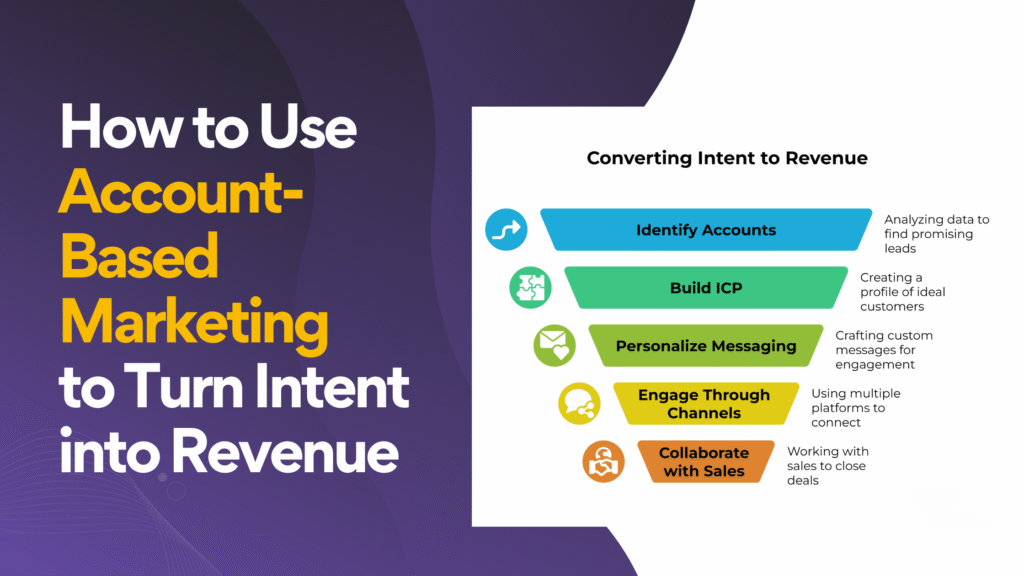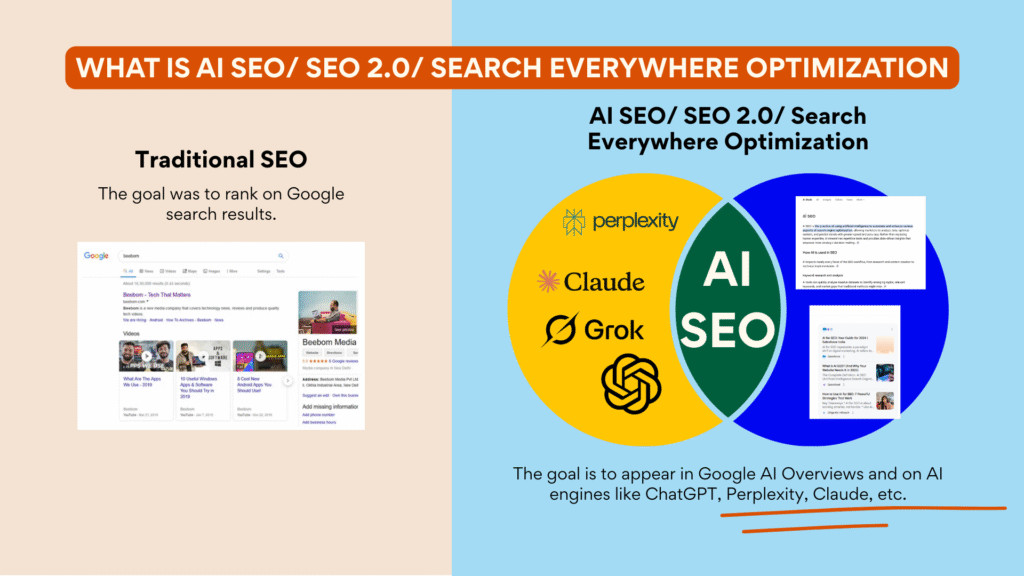
What Are Spam Links?
Spam links are links from low-quality or irrelevant websites that point to your site. Often created using black-hat SEO tactics like link farms, paid links, or automated link-building tools, these links are viewed by search engines as manipulative. As a result, websites associated with spam links may face penalties.
Types of Spam Links
- Link Farms: Groups of websites created solely for the purpose of link building.
- Paid Links: Links purchased rather than earned naturally.
- Automated Links: Links generated by automated tools rather than through genuine outreach.
- Comment Spam: Links placed in comments on blogs or forums without relevance to the content.
- Irrelevant Links: Links from sites that have no thematic relation to your content.
The Risks of Spam Links
- Search Engine Penalties: Google’s algorithms, particularly Penguin, are designed to identify and penalize websites engaging in manipulative link-building practices.
- Reduced Search Rankings: Spam links can lead to a drop in your search engine rankings, making it harder for potential customers to find your website.
- Damage to Online Reputation: Association with low-quality or malicious websites can harm your brand’s credibility and trustworthiness.
How to Check for Spam Links
Regularly auditing your backlink profile is essential to identify and address spam links.
Tools for Checking Spam Links
- Google Search Console: Provides a list of websites linking to your site. Review this list to identify any suspicious or irrelevant links.
- Backlink Audit Tools: Tools like Ahrefs, SEMrush, and Moz offer comprehensive backlink analysis, helping you identify spam links based on factors like domain authority, relevance, and link patterns.
- Spam Checker for Website: Utilize a spam checker to assess the quality of your backlinks. These tools provide insights into which links may be harmful and need attention.
How to Disavow Spam Links
If you find spam links pointing to your site, it’s crucial to disavow them to prevent any negative impact on your SEO.
Step-by-Step Guide to Disavowing Spam Links
- Identify Harmful Links: Use the methods mentioned above to compile a list of spam links.
- Create a Disavow File: Prepare a text file containing the URLs or domains you want to disavow. Each URL should be listed on a new line.
- Submit the Disavow File to Google: Use the Google Disavow Tool available in Google Search Console to upload your disavow file. This tells Google to ignore these links when assessing your site.
The Importance of Using a Spam Checker for Your Website
Regularly using a spam checker for your website is vital for maintaining a healthy backlink profile.
Benefits of a Spam Checker
- Early Detection: A spam checker can help you detect spam links early, allowing you to address them before they cause significant damage.
- Protects SEO Efforts: By keeping your backlink profile clean, you protect your SEO efforts and maintain or improve your search engine rankings.
- Saves Time and Resources: Automated tools can quickly identify and report spam links, saving you time and resources compared to manual checks.
Case Study: How ompany Recovered from a Spam Link Attack
Background: Company noticed a sudden drop in their search engine rankings. Upon investigation, they discovered numerous spam links pointing to their site.
Action Taken:
- Conducted a thorough backlink audit using Ahrefs and Google Search Console.
- Identified and compiled a list of over 200 spam links.
- Created and submitted a disavow file to Google.
Outcome:
Within three months, Rotto a Ecommerce Company’s search engine rankings began to recover, and their online reputation improved significantly.

Visual Representation:

Ready to elevate your business? Explore our Fully Managed SEO Services for customized solutions and claim your free SEO consultation now. Visit Fully Managed SEO Services to enhance your online strategy, and start your success journey with Free SEO Consultation.
Conclusion
Spam links pose a significant risk to your website’s SEO and online reputation. Regularly check for spam links, use a spam checker for your website, and promptly disavow any harmful links. By staying proactive and vigilant, you can protect your website from search engine penalties and ensure your SEO efforts yield positive results.
FAQs
Q1: How often should I check for spam links? A: It’s recommended to audit your backlinks at least once a month to stay ahead of any potential issues.
Q2: Can disavowing links hurt my website? A: Disavowing links should only be done for links that are harmful. It won’t hurt your site if done correctly.
Q3: What tools are best for backlink audits? A: Tools like Ahrefs, SEMrush, and Moz are highly recommended for comprehensive backlink audits.
 WhatsApp Now
WhatsApp Now
 +(91) 8700778618
+(91) 8700778618



